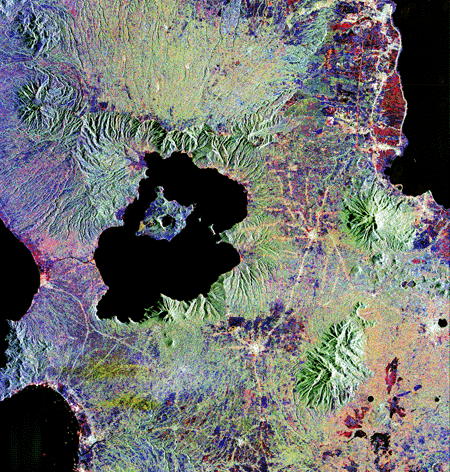An Austrian born tailor, Franz Reichelt (1879-1912) was one such person to fall foul of the mistake of putting an idea into practice without prior thought of testing.
Franz left Vienna to Paris in 1898 and opened a dressmaking shop in 1907, catering for Austrian tourists. Around this time he became interested in the tales of early aviators and their inevitable accidents and in 1910 began pioneering a design of parachute-suit.
The suit was made from a fabric only slightly bulkier than that of an aviation suit and the silk canopy was held open by a couple of metal rods. Reichelt’s early designs proved successful when used with dummies and foldable silk wings. However these designs proved difficult to adapt for a human to wear. He presented his design to La Ligue Aérienne at the Aéro-Club de France weighing in at 70kg and 65 square feet of material. However, his Design was rejected as it was considered the canopy was too weak.
In 1911, Colonel Lalance offered a prize of Ten-thousand Francs, double his previous prize offer for a working parachute design weighing less than 25kg. Reichelt improved his designs and set about reducing the weight and increasing the surface area yet, tests with dummies were unsuccessful as they fell heavily to the ground. It was reported in 1911 that he had tested an unsuccessful parachute design on himself, falling heavily eight to ten meters into a pile of straw to escape injury. Another story, from Le Martin reports that he had tested another parachute at Joinville on himself again and the resulting fall broke Reichelt’s leg. For the remainder of 1911, Reichelt struggled to gain permission to test parachute dummies from the first floor of the Eiffel tower from the Parisian authorities.
February 1912, Reichelt announced that he had received permission to test his new parachute from the Eiffel tower, using a dummy.
Early on Sunday the 4th February, Reichelt arrived at the tower by car with two friends. His suit already equipped in folded form. Le Gaulois described the suit as ‘only a little more voluminous than ordinary clothing.’ It did not impede Reichelt’s movement when folded and as simple to use as extending your arms like a bird to spread the chute. The enormous cloak covered 30 square meters with a height of five meters while weighing at just 9kg. Reichelt modelled the suit for the rolling cameras as hundreds of people looked on in the cold winter morning. However, contrary to his approved permissions, Reichelt had kept his intention secret until the last moments, he intended not to use a dummy but use himself for the test. A surprise to everybody. His friends ardently attempted to dissuade Reichelt from making the jump, pointing out the strong breeze and the obvious peril of this course of action. Reichelt was resolved to make it himself and trusted completely in the integrity of his invention.
"I want to try the experiment myself and without trickery, as I intend to prove the worth of my invention."

At 8:22 am, Reichelt took place on a hastily made launch pad, a stool on a restaurant table next to the interior guard rail. He adjusted his parachute and checked the wind by throwing a piece of paper torn from a book. He hesitated shortly before making his final voyage. He leapt, his parachute tangled around him only partly opening and bursting open at the last moment. He plummeted like a stone 57 meters into the frozen ground beneath the Eiffel Tower, his arm and leg crushed, spine and skull fractured, heavy bleeding from his mouth, nose and ears. Reichelt’s corpse was rushed to hospital all the while being filmed by journalists and watched by onlookers. The impact was sufficient to cause a measurable crater.

